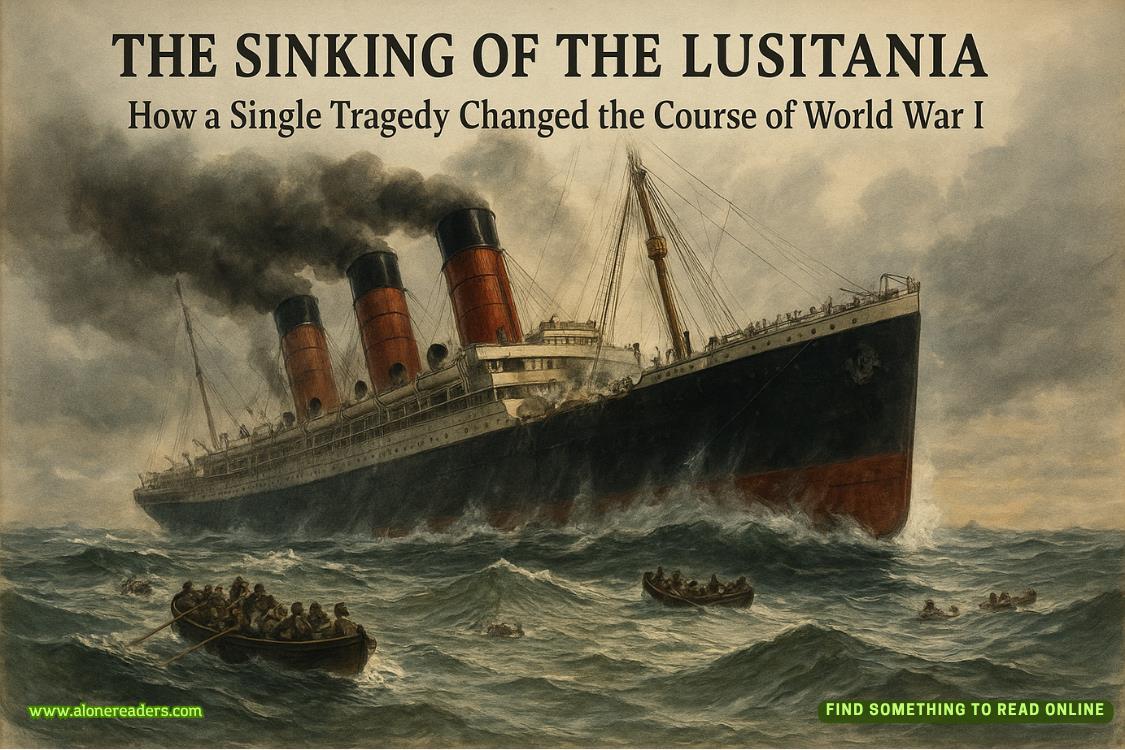Page 23 of Long Time Gone
“No. They’re possible, but not common. The most common injury is femoral fracture, assuming the victim was standing when the vehicle struck them. In this case, he was not—no fractures anywhere on his body other than the skull. But back to your question, depending on how the body reacts after being struck by the vehicle, many other injuries could follow. Usually, internal organ damage and bleeding. Head injuries can occur if the victim is thrown upwards, sort of somersaulted, and collides with the windshield. That wasn’t the case here, since there was no damage to the vehicle’s windshield.”
Dr. Crane used her gloved hands to expose the injury to the back of Baker Jauncey’s head by peeling away the scalp, which she had dissected during the autopsy, so that bare skull was visible. The squishing noise roiled Sandy’s stomach.
“A skull fracture this extensive would certainly have caused the windshield to crack. But even if, miraculously, the glass didn’t shatter, this wound is definitely not from impact against a smooth, flat surface like a windshield.”
“What if he was struck by the car, sent into the air, and then landed on his head?”
“That’s an acceptable observation, but the dynamics of the skull fracture disprove the theory. Again, this fracture was not caused by impact with a flat surface—whether it’s argued to be a windshield or the pavement. And then,” Dr. Crane said with a sympathetic shrug, “to follow your theory, the victim would have needed to be thrown upward, land on the pavement, sustain the head injury, and then get run over by the speeding car. Essentially, your theory requires the car to hit the victim twice, which is impossible by the laws of physics.”
“Then what caused the head injury?”
“My best bet? A baseball bat.”
Sandy blinked several times. “A baseball bat?”
“Based on the shape and depth of the fracture, as well as the discovery of wood fragments in the wound, some sort of rounded piece of wood moving at a high rate of speed created the fracture. A baseball bat is the most likely culprit.”
“What are you telling me, Dr. Crane?”
“I’m telling you that this guy was struck in the back of the head, likely with a baseball bat, causing blunt force trauma that fractured his skull and caused a brain bleed that killed him. Then, after he was dead, he was run over by a car.”
Sandy’s mind returned to his visit with Preston and Annabelle Margolis, remembering how the couple seemed genuinely surprised to hear that Annabelle’s car had been involved in a hit-and-run.
Dr. Crane pointed again to Baker Jauncey’s head. “My official opinion on cause of death will be blunt force trauma resulting in a fatal brain bleed. Manner of death, homicide.”
Sandy ran his hand through his hair as he took in the news.
“All the other injuries I documented,” Dr. Crane continued, “were caused postmortem.”
“After he was dead?”
“Correct.”
Sandy ran his tongue along the inside of his lower lip as he considered his next move, and the one after that.
“I need you to sit on the autopsy findings for a while,” he finally said. “Don’t share them with anyone. Can you do that?”
“I haven’t even written up my report. I can stall for a few days. Maybe even a week or two. But the state police are involved, so I’ll have some pressure on me.”
“Stall for as long as you can. And don’t talk to anyone else about this, okay? Especially anyone from Harrison County.”
“What’s going on, Sandy?”
Sandy exhaled a long breath.
“The car found at the scene belonged to a member of the Margolis family. And the vic was a partner at the Margolis law firm.”
“For shit’s sake,” Dr. Crane whispered.
“Exactly. Once it becomes public knowledge that this is being called a homicide rather than a hit-and-run, the shit’s going to hit the fan and I need to prepare for it. Give me a week?”
“I’ll try.”
Sandy nodded and hurried out of the morgue. He knew there was no rain suit or umbrella strong enough to protect him from the shitstorm that was coming.
Reno, Nevada
Tuesday, June 27, 1995 7 Days Prior . . .















